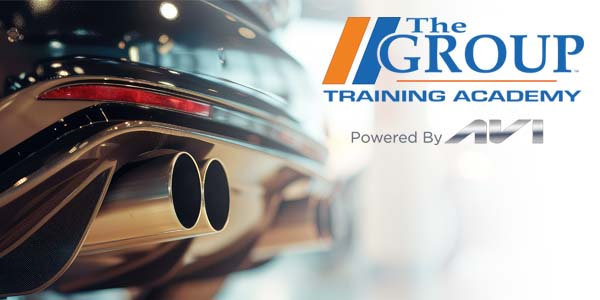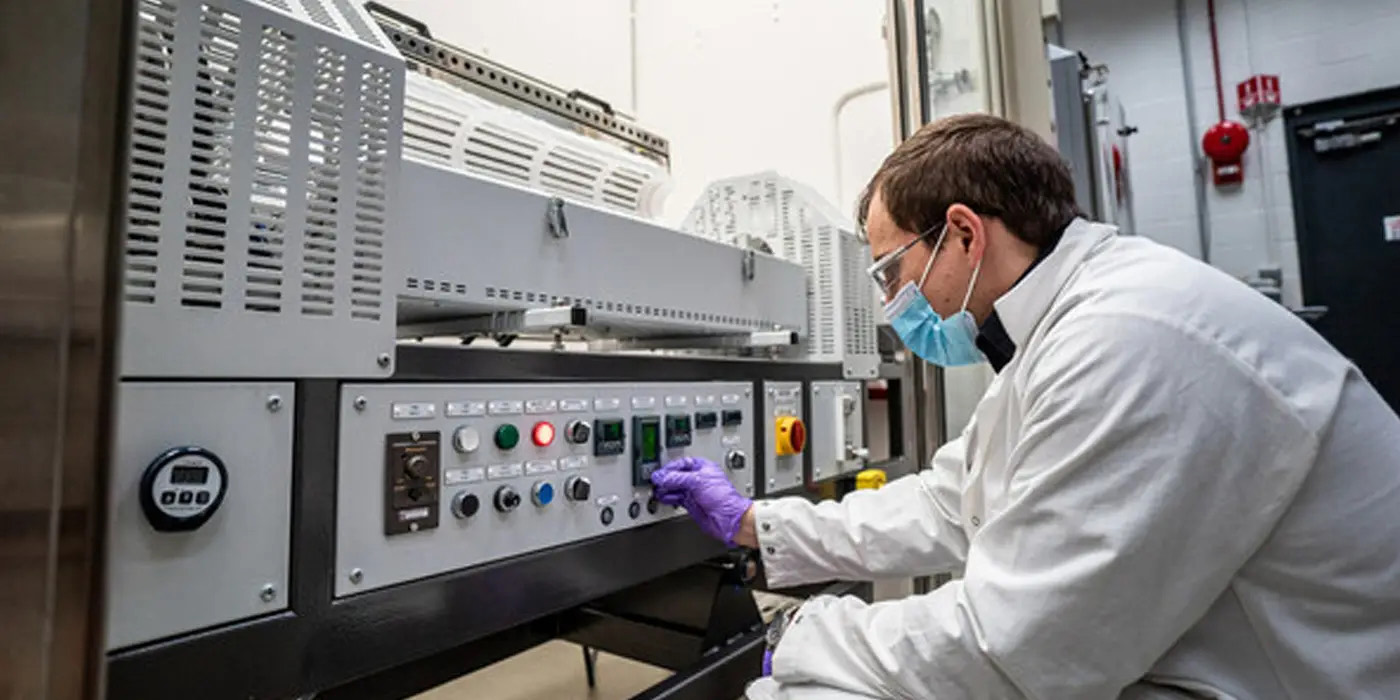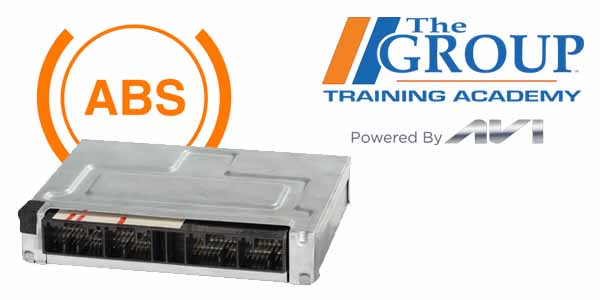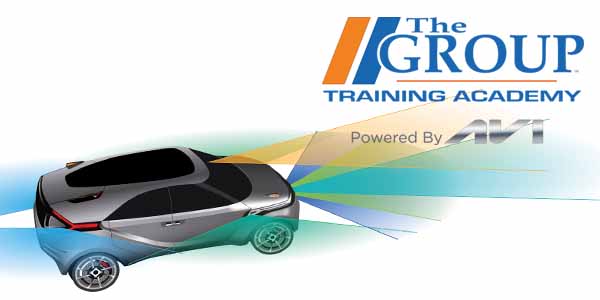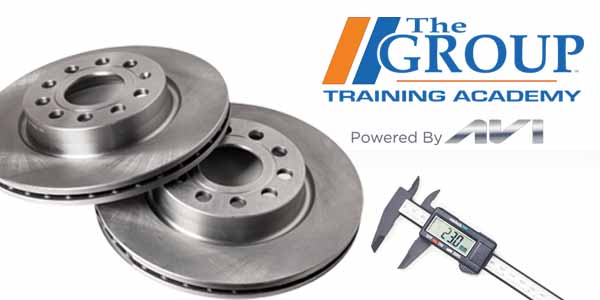When a check engine light comes on, your customers want the right part to ensure that light goes off and stays off. They turn to you for expert advice, so be sure you have the correct parts they need when they need them. There are many different components that make up the EVAP system. They can read like alphabet soup sometimes, so it's important that you know how to understand a customer's complaints. Equally important, you need to recommend the right replacement to eliminate their problems. Modern evaporative emission control systems are selective with how they vent vapors back into the engine. The PCM will select the right engine temperature and throttle position to purge the system. They're also very selective when system checks are performed. A computer is constantly monitoring the results of the command sent to the valves. With the help of sensors mounted in the tank and the EVAP canister standards, complete EVAP program includes products that match OE design performance to keep vehicles running clean.





